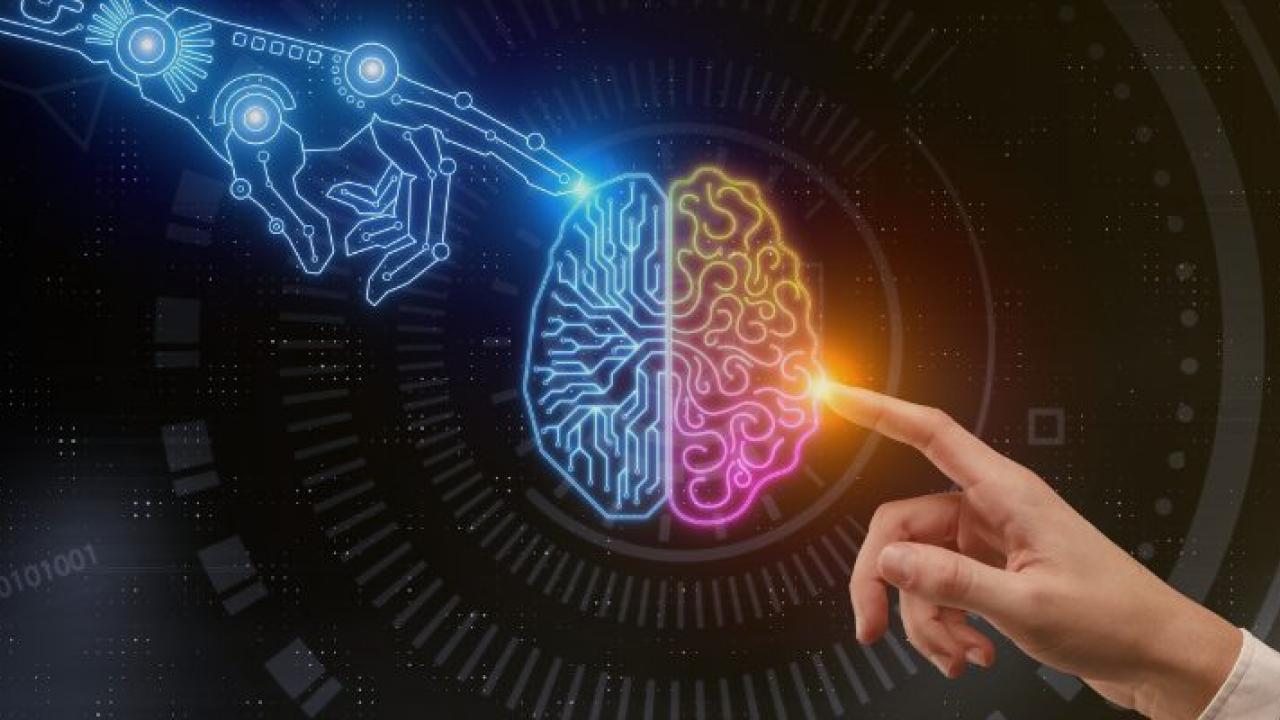
Innovative Study Reveals Long-Term Anxiety Links in Monkeys Using Machine Learning
Scientists at the California National Primate Research Center (CNPRC) have successfully used machine learning, a subset of artificial intelligence (AI), to measure anxiety-related behaviors in monkeys. The study, published in Nature's Translational Psychiatry on March 15, 2024, demonstrated that human ratings of an infant monkey’s nervous temperament were linked to brain activity and behavior measured years later through a machine-learning approach. These findings suggest a connection between nervousness in infancy and the eventual development of anxiety and depressive disorders.
Combating the Widespread Anxiety Crisis
Anxiety disorders constitute the majority of mental illnesses in the United States, affecting nearly 20% of the population, with a disproportionate impact on women compared to men. Although anxiety disorders are treatable, over half of the individuals suffering from them do not seek treatment. Andrew Fox, a core scientist at CNPRC, believes that his team's research could eventually lead to a method to prevent these disorders from developing altogether.
In their recent publication, Fox and his graduate student, Dan Holley, utilized advancements in technology to capture anxiety-related behaviors in a cohort of 18 preadolescent female monkeys. During infancy, the animals were observed by human raters to identify behavioral temperaments such as confidence, nervousness, and timidness. At two to three years old, the animals underwent imaging to measure brain activity during a behavioral test designed to assess anxiety-related behaviors.
Let the Machines Do the Work
Previously, this experiment required multiple trained researchers to meticulously review each video to quantify the animals' behavior. Instead, Holley developed a machine learning technique to automate this task. Holley explained, "The hope is that machine learning will largely liberate researchers to focus on more interesting and appealing aspects of this work," thus driving innovation at a faster rate.
Using this approach, Fox and Holley found a strong connection between infants previously identified as nervous by human raters and a type of anxiety-related behavior in monkeys called freezing behavior, characterized by a rigid posture and no movement for at least three seconds.
Holley's method lays the foundation for future scientific research. Fox added, "Overall, the emphasis of this publication is not just on the findings, but on what it represents for the field moving forward and the ability to free up researcher time by developing these automated tools."
Do Machines See More Than Humans?
The researchers were amazed at the connection between infant ratings and behavior observed two to three years later. "When humans were making those observations, they were picking up something about the animal that we have not fully characterized," commented Fox.
Their work also confirmed a link between freezing behavior and increased metabolic activity in a region of the brain central to threat processing, the central nucleus of the amygdala. This finding replicated a relationship identified by a lab at the Wisconsin National Primate Research Center in animals with dramatically different rearing environments, indicating the robust strength of the relationship.
Next Steps
While the current study focused on female monkeys, the data were critical to a grant proposal that has now secured funding to collect data from 159 additional animals, both male and female.
"Ultimately, our hope is that by understanding the biology, we will be able to develop new behavioral or pharmacological treatments that could help alter the developmental trajectory of individuals with increased inhibited temperament during infancy, preventing the development of anxiety disorders that cause suffering later in life," Fox said.
Additional contributing authors for this study are Lillian J. Campos, C.M. Drzewiecki, Y. Zhang, and John Capitanio. Funding for the research was provided by the awards from the National Institutes of Health to John Capitanio, Drew Fox, and the CNPRC.
Media Contacts: Drew Fox | D.Fox@ucdavis.edu
